

As a COP26 One Step Greener ambassador, I looked forward to being part of this historical event. I’m pleased to have achieved what I set out to do there:
This story is written from my point of view. I have a disability and felt proud to be at COP26 and also selected to represent others with disabilities such as autism.
We all heard about the Prime Minister of Israel and her first day experience of being unable to reach the conference grounds as the options were either to walk or to board a shuttle bus that was unsuitable for a wheelchair. When I left Glasgow Queen Street railway station on the shuttle service to the Green Zone, I realised I would not have been able to cope with this experience some time ago. Sensory overload can happen to anyone but especially to someone with autism. The lack of space in the bus with so many packed together and the noise and confusion were still overwhelming for me. I arrived already feeling stressed from the experience.
Next came the security checks. I told staff about being a COP26 One Step Greener ambassador and that I had brought a piece of my artwork made from recycled materials to be hopefully shown and photographed in the One Step Greener ambassador section. I also had a few leaflets and business cards in case I made new contacts. These were all taken from me and confiscated. I felt suddenly confused and my confidence was shaken.
As I left security and entered the Green Zone, I first noticed this colourful sign on the sliding glass door at the main entrance:
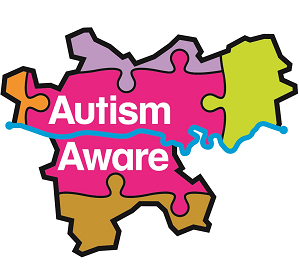
I have since researched the sign and was interested to read this article about it:
https://www.glasgow.gov.uk/index.aspx?articleid=22040
It’s good to hear how a schoolgirl from Glasgow with autism called Nicola had created this first “autism-friendly” logo for the city a few years ago. The objectives in delivering an autism-friendly city centre are said to be about positive customer experience, guidance for any challenges that may arise for autistic people, greater awareness, effective training, reasonable and appropriate adaptations, promoting understanding and training awareness.
Unfortunately, my first experiences so far that morning were not quite in line with this!
I attended a talk about what the Covid19 pandemic and climate crisis have taught us about resilience and the increased vulnerability of disabled people. As a result of floods, speakers from Indonesia described how wheelchair-users in their country were no longer able to easily and safely access their cities and the problems they faced with public transport. It is said, “A city isn’t resilient if it doesn’t cover access for all”.
I learned about OPDs – organisations of persons with disabilities (also referred to as disabled persons’ organisations). A greater understanding is needed of the barriers that people with disabilities face on an everyday basis. Organisations that provide this expertise for people with disabilities need to be run by people with disabilities. Autistic UK is such an organisation.
I heard a disabled speaker say that all future projects concerning climate change need to be inclusive and even if people do have disabilities, they are still able to “bring something to the table”. I understand this term means contribute something of value to a discussion or project. The speaker explained how society will break down when disasters driven by climate change occur. Therefore the views and opinions of people with disabilities are even more important now in voicing concerns and needs. I would agree with him that training on disability inclusion needs to be ongoing.
With lots on my mind, I moved on through the exhibition photographing eye-catching architecture:

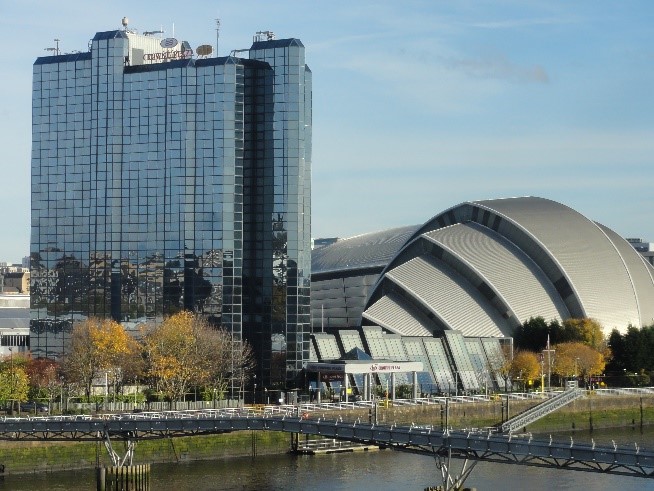
After some training provided by the Tree Council as a Force for Nature ambassador, I felt more confident to speak to representatives from large organisations. I hope that some may remember my name and that my environmental art is created with a message. I too have strong views on climate change.
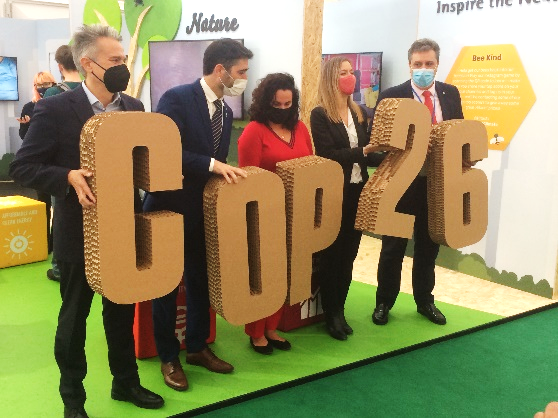
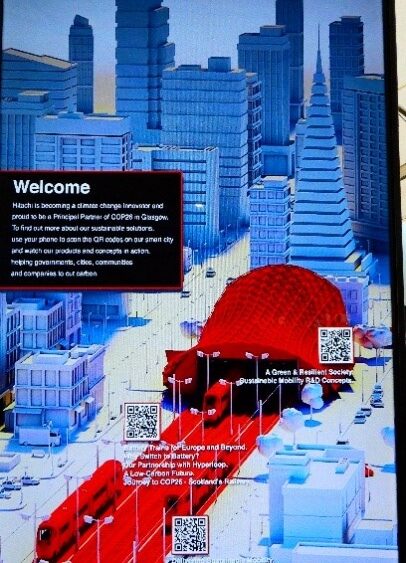
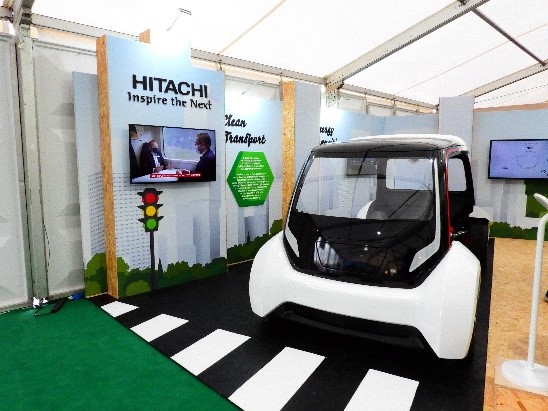

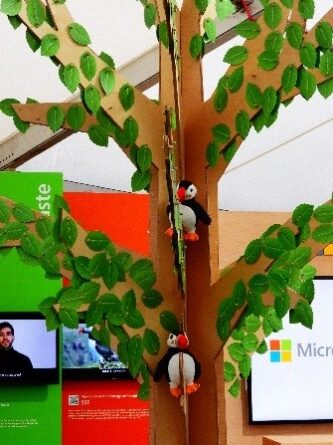
Messages were designed to make an impression:
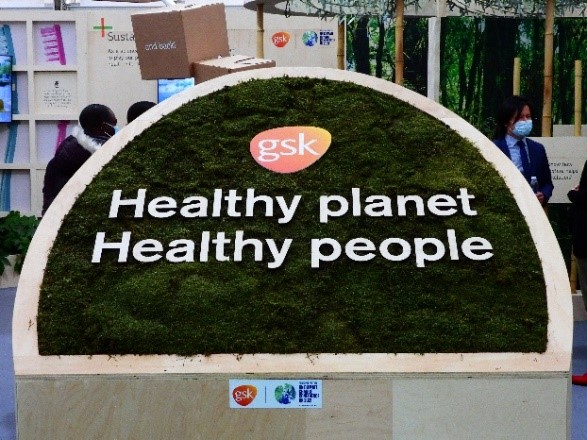

I was impressed with this art that I saw at COP26: a spacesuit printed from children’s drawings of their visions for Earth:

I’m also an ambassador for the Tree Council, London and without any doubt, my favourite part of COP26 was a nature display by WWF. It reminded me of a sensory garden space showing different lighting effects. After seeing so many futuristic exhibits, I felt more comfortable here in a calming setting with trees and plants.
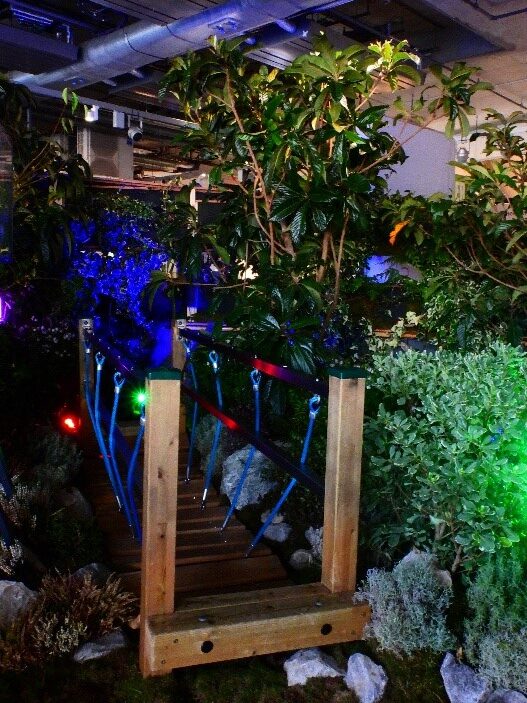
I later explored the city to experience the mood and atmosphere in Glasgow. I signed a petition in the city centre to make an eco-friendly pledge and it was good to write how I use recycled materials for my artwork.

I saw different forms of artwork in other parts of the city:
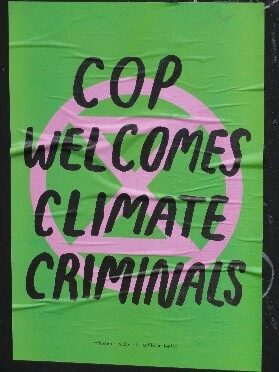
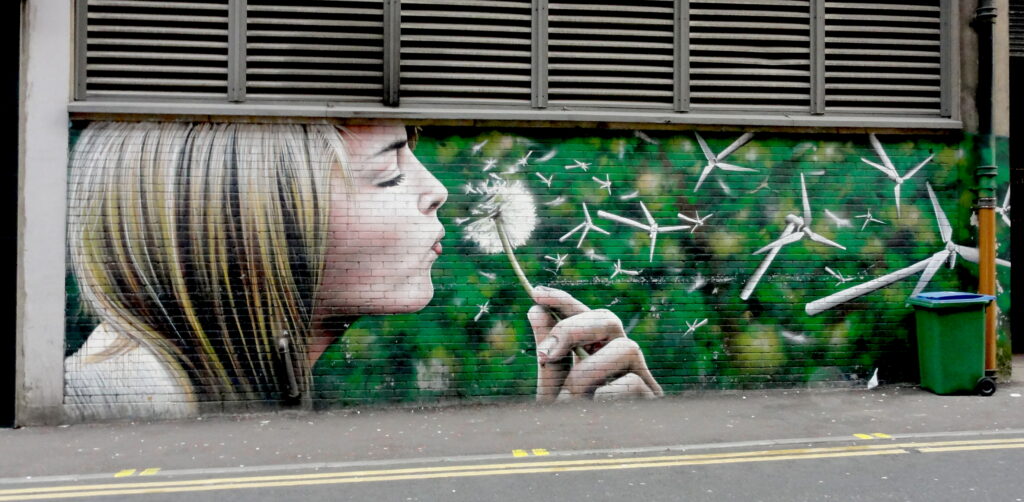
Even the local Co-op was doing its bit for COP26:
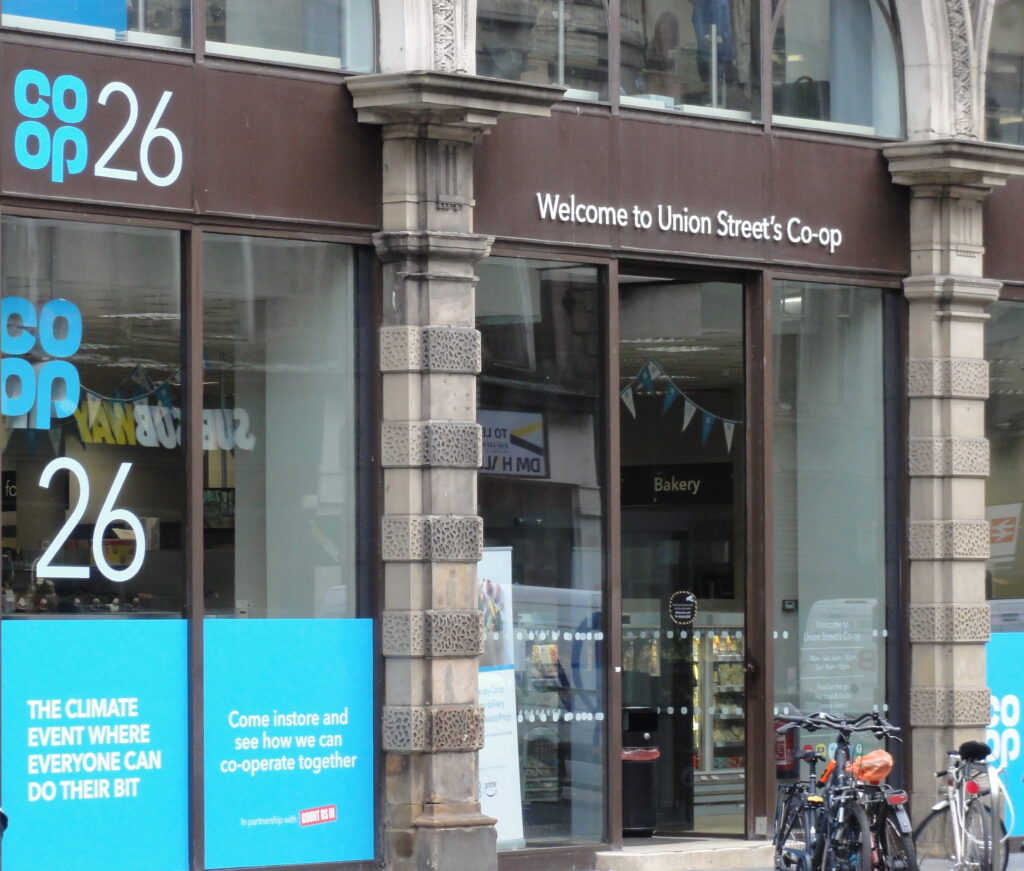
I didn’t come across as many demonstrations as I thought there would be on the streets that day in Glasgow. However, I did stop and listen to a musical group which set themselves up to protest outside a bank.
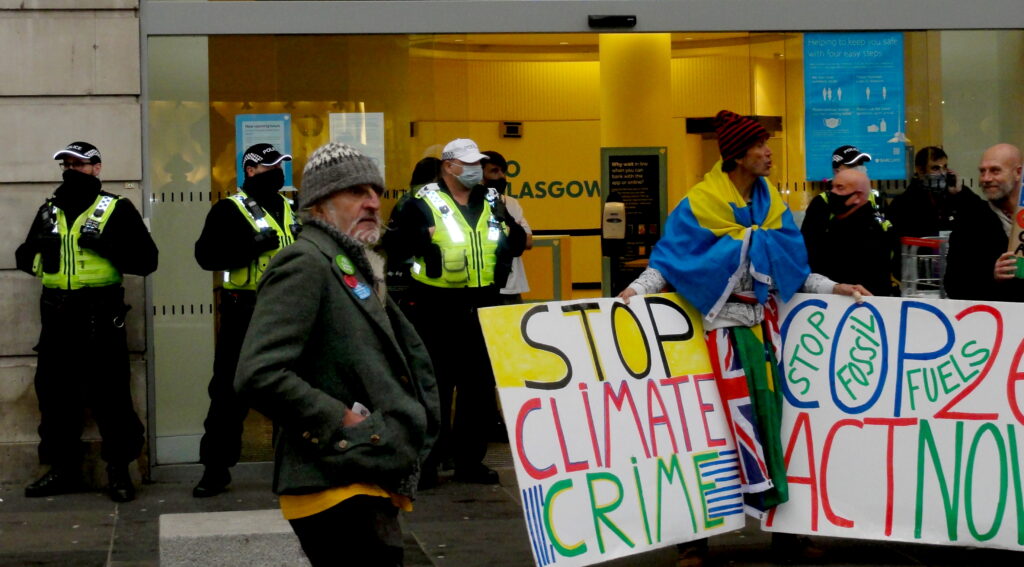
Police were everywhere in the city, some smiling more than others!

On that happier note, even though I felt that the first part of my visit to Glasgow was not as autism-friendly as I had hoped, I am pleased to have been just a small part of COP26. I would like my collages to be seen as highlighting issues of the environment and single use products as I turn things that would normally end up in our waste bins into a form of art. I want to do as much as possible in future in following a nature-positive pathway.